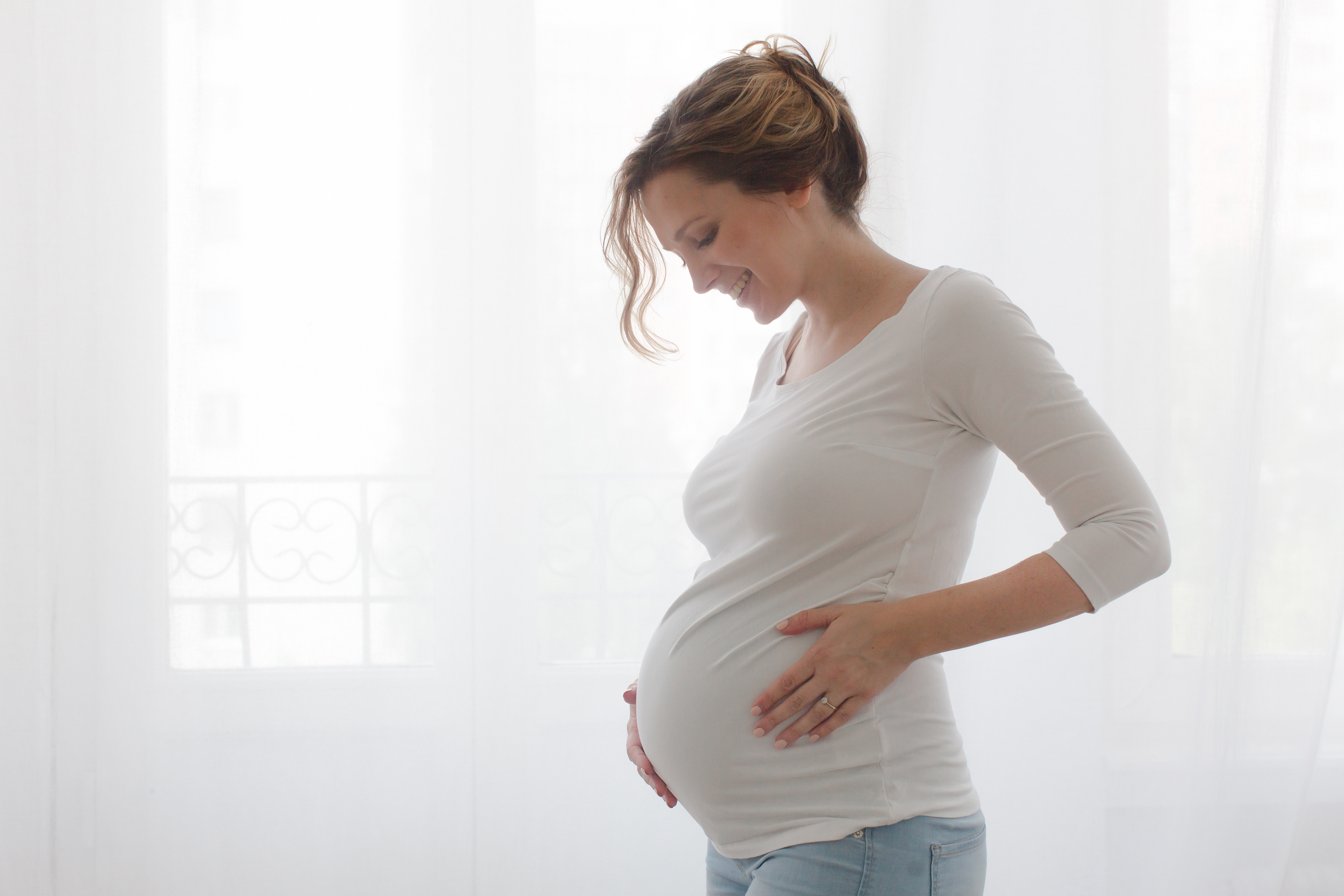Travel in the pregnancy
Lee in complete content in Infermeravirtual.com

Travel, for pleasure or for matters staffs or professionals, is an usual activity in the life of the woman, and to travel pregnant is increasingly frequent. Precautions that they must have in account they depend on the means of transport, the distance and the destinación.
It is not contraindicated in expectant healthy with a healthy pregnancy to travel in moped or to go in bicycle, although they are not means of transports more recommendable.
In general, the pregnancy does not suppose no impediment in order to be able to travel, but yes that, in addition to to follow general guidelines, suits to take into account following recommendations to avoid health risks, both of the woman and of the fetus.
Specific preventive measures
- Drink many liquids, at least two litres a day, in countries or periods with heat.
- Maintain a balanced diet provided that circumstances of the trip allow it.
- Check that liquids and foodstuffs have hygienic guarantees.
- If is travelled to areas with major altitudes, it is necessary to do always a previous acclimatisation.
- Do breaks that they are necessary.
- Take comfortable and chocked clothes suitable to the temperature of the country and to characteristics of the trip.
- Maximise protective measures against insect bites to avoid some illnesses' contagion.
- Know available health resources of the country of destination.
Means of transport
According to the means of transport used, the pregnant woman has to follow some specific precautions.
Avión:
- Avoid long-term journeys, women with simple pregnancies starting from the week 36 and women with multiples starting from the week 32 (for the risk in labour), and during seven days subsequent to the childbirth.
- Starting from the week 28, the majority of companies request a signed certificate for a health professional that it certifies that the pregnant woman has not presented no health problem up till then and where it appears the estimated date of the childbirth.
- The risk of exhibition to atmospheric radiations is very low both for the fetus and for the mother.
- The radiations of electronic devices of the airports are not damaging for the fetus.
- The risk of suffering tromboembolismos in an expectant woman with no health problem is very low, however, it is recommended to stroll every two hours, at least, and to do mild circulatory exercises.
- Use comfortable clothes and footwear (wide and chocked clothes that you can take out easily); if the trip is very long, to use stockings of compression.
- Not there is no international standard for the pregnant woman that it travels in plane, but every company has its own rules. Thus, then, it will be necessary to learn more about before contracting the trip.
Train:
- The train is an ideal means of transport for the pregnant woman, since it can stroll, relax (because is not had be pending the traffic), to eat, to drink and to go to the bathroom times that it suits.
Ship:
- The pregnancy does not suppose no impediment to travel by boat, but it is necessary to know the standard specific to the company in which is travelled.
- Travel by boat during the first quarter of pregnancy can aggravate typical nauseas and vomits of this period.
Car:
- Take always the seat belt, so much if the pregnant woman drives as though it is the companion. Currently, there is a streamlined device, not compulsory, so-called BeSafe©, that it does to happen the belt under the abdomen to avoid abdominal traumatism in the event of collision.
- Travel always with comfortable clothes that it does not press.
- Do stops of ten minutes every two hours in the long routes.
- Not taking medication for the dizziness, if the practitioner does not authorise it.
- Drive in a mild way.
